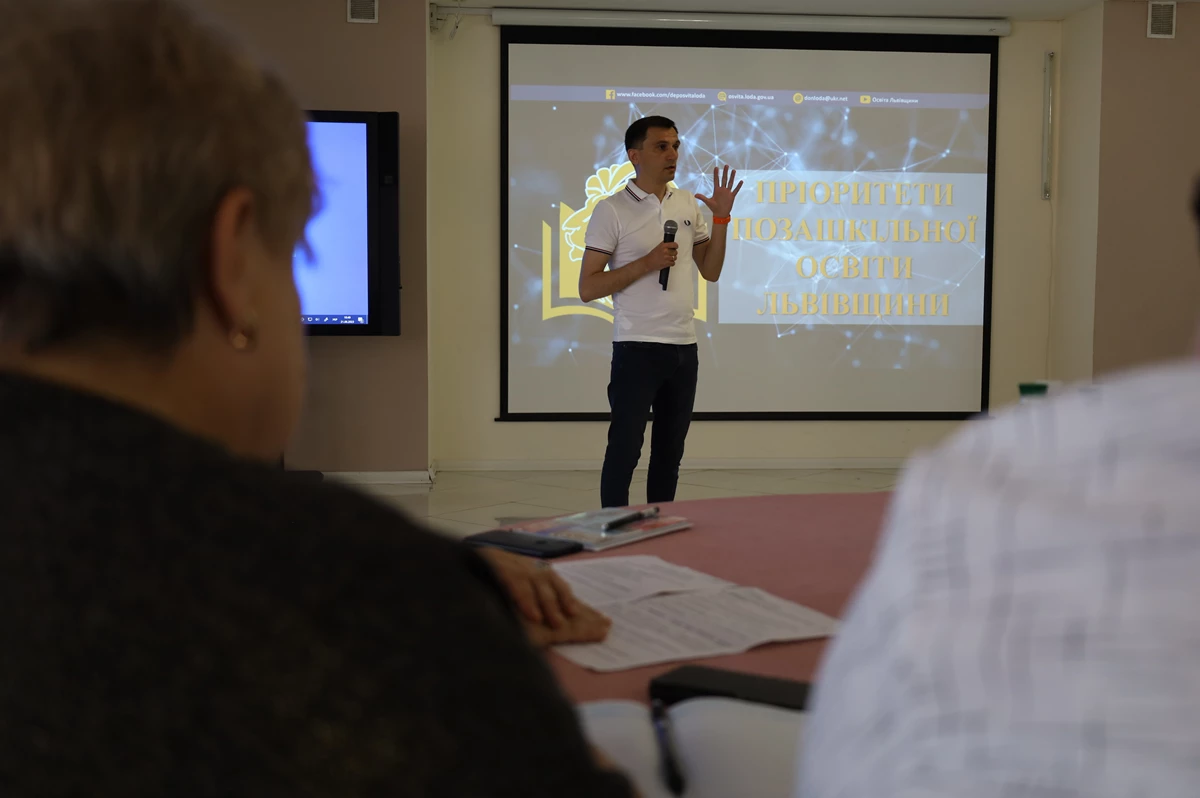
Almost a hundred participants from various communities of the region took part in the event.
Today, June 21, the session of the educational academy “Out-of-school education: present and future” began at the Lviv Vocational College of Hotel, Tourism and Restaurant Service. The event was attended by almost a hundred participants, in particular, heads of educational administration bodies of the RVA and regional institutions of extracurricular education.
“We have many opportunities for the development of extracurricular education, this year this direction is a priority for Lviv OVA. After all, now we clearly understand what a network of educational institutions of various levels should be, and we are professionally shaping the needs of the industry. By the end of the year, we plan to attract 100 million hryvnias to the development of education, 24 million of which will be spent specifically on the modernization of extracurricular activities. Today’s meeting is an opportunity to share interesting ideas and projects that LOVA will gladly finance. Our task is to unite children through joint activities, develop their abilities and talents, and help them spend their free time usefully,” said Ivan Sobko, deputy head of Lviv OVA, during his welcome speech.
The program of the session includes a number of interesting lectures for educators, as well as practical work with experts in various fields: scientific, choreographic, sports, local history-excursion, and others. Among the proposed topics for discussion are the priorities and prospects for the development of extracurricular education with student youth in the Lviv Region; the role of extracurricular activities in the formation of a national-patriotic personality; interaction of extracurricular activities and public organizations for personal development, etc.
By the way, 100 out-of-school education institutions operate in Lviv region, and 51,000 children study there. The key areas of activity of ZPO of the region are artistic and aesthetic (48.5%), scientific and technical (7.1%), ecological (7.1%), tourism and local history (5.4%), research and experimental (4, 5%).

